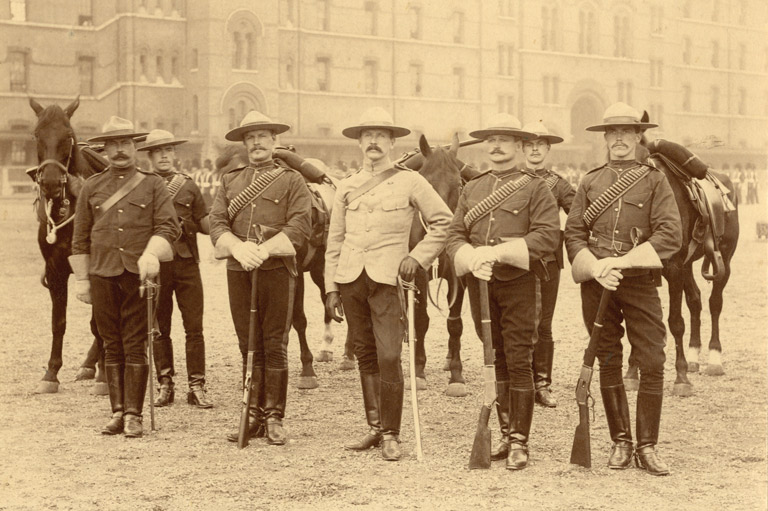A Bridge to the North
-
 Digital rendering of the Inuit Art Centre showing an aerial night view.Michael Maltzen Architecture Inc.
Digital rendering of the Inuit Art Centre showing an aerial night view.Michael Maltzen Architecture Inc. -
 Digital rendering of the Inuit Art Centre showing Galley 1.Michael Maltzen Architecture Inc.
Digital rendering of the Inuit Art Centre showing Galley 1.Michael Maltzen Architecture Inc. -
 Digital rendering of the Inuit Art Centre showing the Learning Steps.Michael Maltzen Architecture Inc.
Digital rendering of the Inuit Art Centre showing the Learning Steps.Michael Maltzen Architecture Inc. -
 Digital rendering of the Inuit Art Centre showing a rooftop studio.Michael Maltzen Architecture Inc.
Digital rendering of the Inuit Art Centre showing a rooftop studio.Michael Maltzen Architecture Inc. -
 Digital rendering of the Inuit Art Centre.Michael Maltzen Architecture Inc.
Digital rendering of the Inuit Art Centre.Michael Maltzen Architecture Inc. -
 Digital rendering of the Inuit Art Centre showing a Visible Vault.Michael Maltzen Architecture Inc.
Digital rendering of the Inuit Art Centre showing a Visible Vault.Michael Maltzen Architecture Inc.
For years, the Winnipeg Art Gallery has been considered a world-renowned hub for contemporary Inuit art, with more sculptures and prints than it has ever had room to display.
This June, contractors will put shovel to soil, as they embark on a two-year journey towards the building of the Inuit Art Centre.
Darlene Coward Wight, curator of Inuit Art, has spent years working in the basement of the gallery, surrounded by the 13,000-piece collection. She is excited to finally share these works with the public, and hopes the centre will help create deeper understanding and appreciate of Inuit art and culture.
“Many of us don't get to go North so we feel this will help people understand the culture of the region, through this art,” Wight said. “We’re not just looking at it as a place to show art — we’re looking at it as a place … to have a meeting of cultures.”
To make room for the IAC, The WAG is currently preparing to tear down the existing studio building that is positioned at the base of the triangular-shaped gallery. The interactive nature of the studio building will continue to exist and grow in the new centre.
The IAC will quadruple the amount of space for student learning, and strengthen the existing art programming of the gallery. New studios will make space for artists to come and create art in house, and teach others their craft.
“We see this exchange of talent and exchange of ideas,” said Wight.
The design for the $65-million centre was created by Los Angeles architect Mitchell Maltzan. His original design for the building was quite geometric, said Wight, but Maltzan’s vision began to transform upon visiting the North.
In 2013, Wight led Maltzan and the WAG’s director and CEO, Stephen Borys, into the small Inuit village of Pangnirtung, located on Baffin Island. While coasting along the northern fjords, Wight said something changed in Maltzan.
“He just suddenly realized the building had to be more reflective of the North,” Wight said. “The shape of the icebergs really inspired him.”
When looking at the new designs, the northern influence is evident in the effortless curves and peaks along the building’s facade. Maltzan also situated dozens of circular skylights on the roof of the building, as he was inspired by the intense lightness of the region. This is also apparent in his use of windows throughout the centre.
From the street outside, the massive windows along the ground floor allow passing pedestrians to catch a glimpse of the art and activity inside. One of the central features of the building will be a floor to ceiling glass vault that will encase the WAG’s entire collection of Inuit carvings.
The Inuit Art Centre hopes to open its doors by 2019. To learn more about the Centre and what to expect, check out http://inuit.wag.ca.
Themes associated with this article
Advertisement




